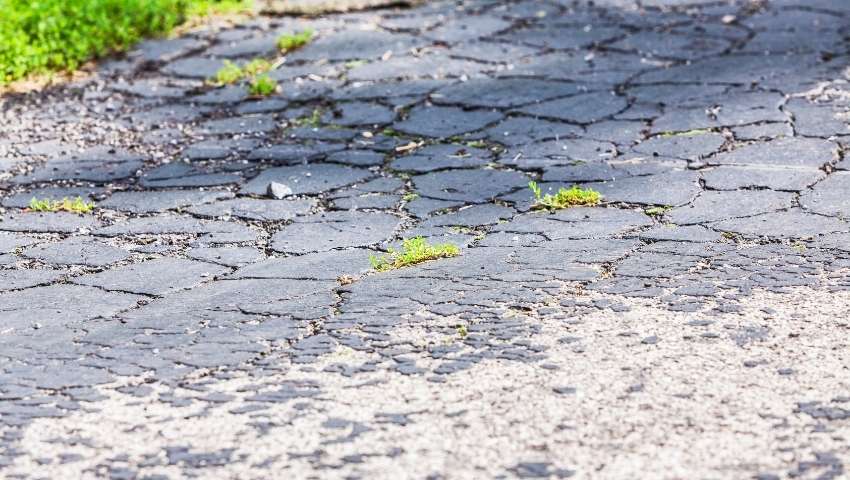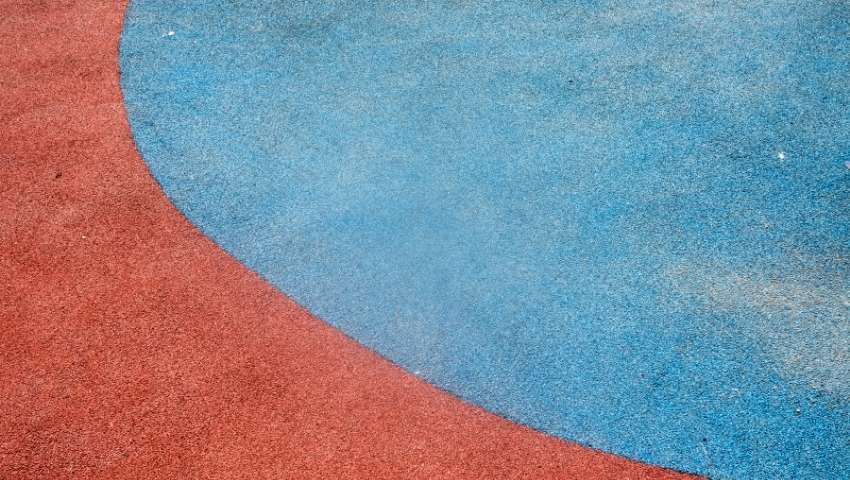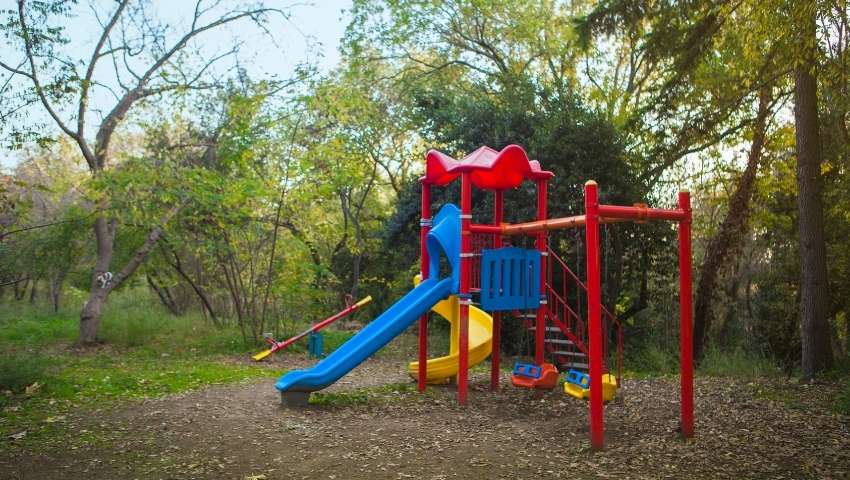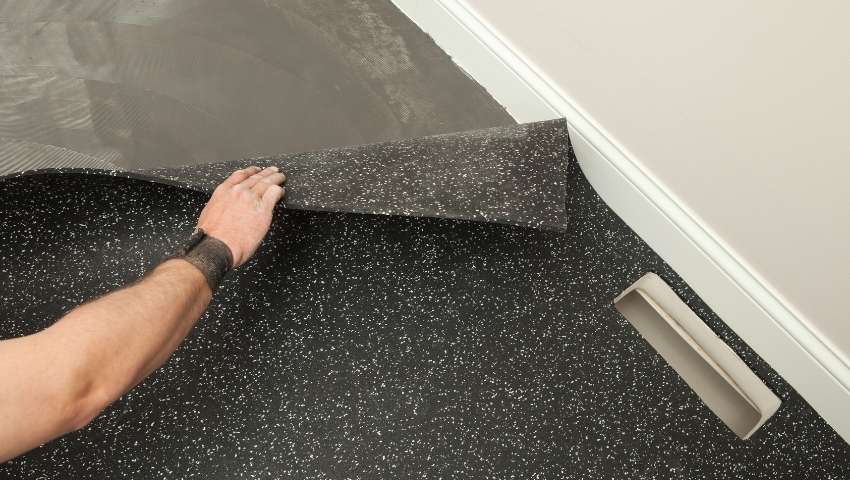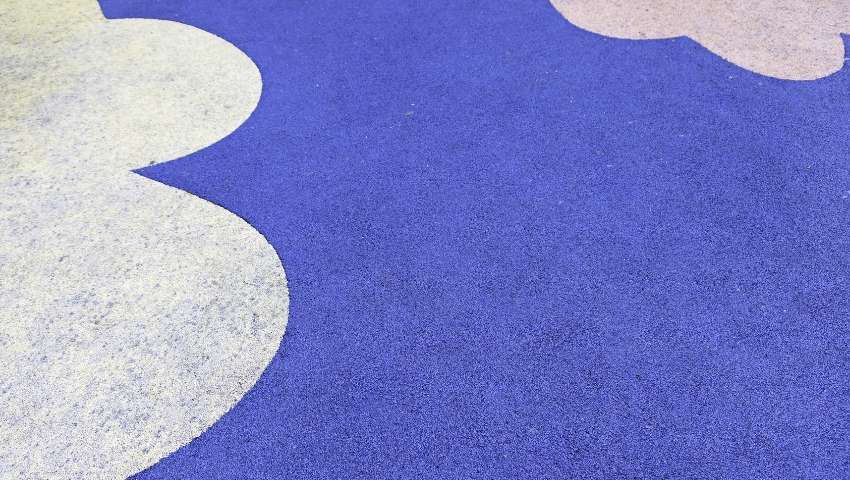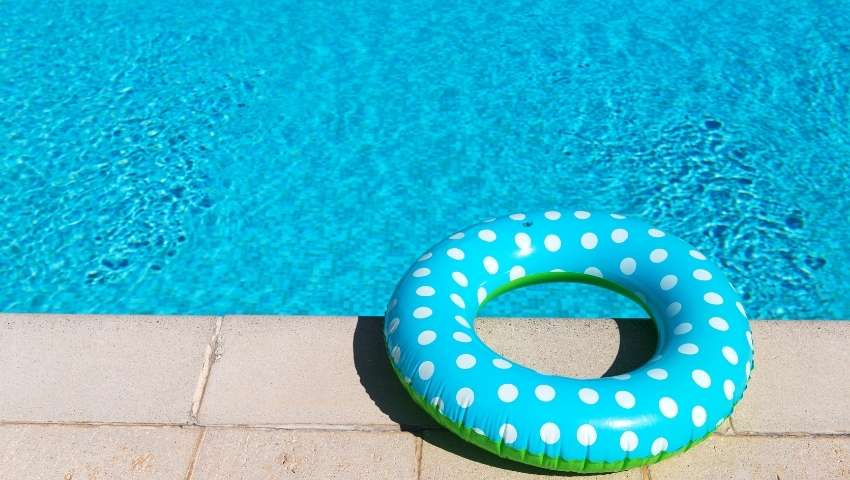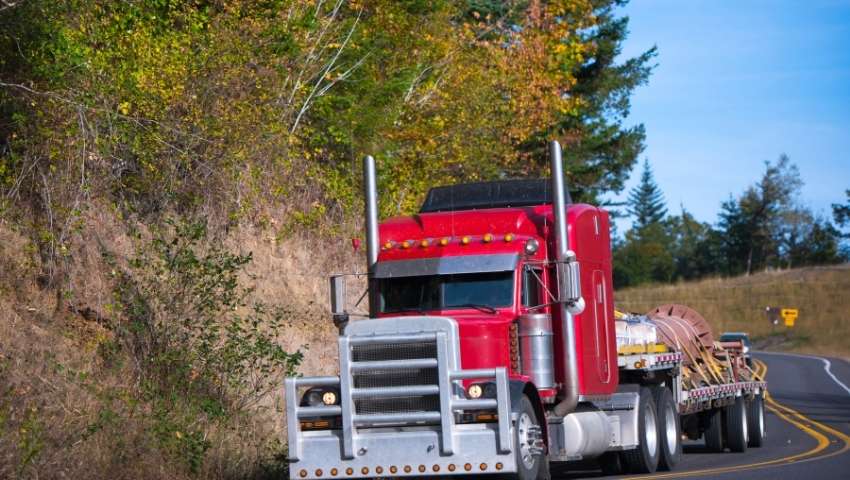4 Tips to Repair the Broken Driveway
Owning a beautiful house with a sprawling backyard in the rear and a curvy, long driveway in the front is a dream seen by many and yet achieved by a few. And even though a majority of our populations are making high-rises and apartment buildings their residence today — the charm of townhouses remains just as influential.
However, it might not be as easy to maintain its external appearance as you thought it was.
After all, taking care of the garden and the house are expected activities that we all engage in, but what about the driveway?
Shared in this blog are some top essential tips that you can use to repair that damaged pathway that had gone unseen till date.
Tips To Repair The Broken and Damaged Driveway
There can be several different ways of repairing the concrete driveway, depending on who you ask. Discussed below are some such ideas tried and tested by various experts over the years.
Repairing Cracks Less than Half an Inch in Size
Although the average lifespan of concrete is twenty to twenty-five years, it is not a far-off thought that it may also be susceptible to regular wear and tear. In case you find small cracks appearing therein that is less than half an inch wide and deep individually, you might just have caught the detrition early on.
So clap yourself on the back and get to work with a concrete crack filler and a caulking gun. Both of these items can be easily found in your nearest Home Depot.
While choosing the crack filler, keep in mind that you choose a product that has a flexible formulation. This is important so that it doesn’t pull away from the old concrete in colder temperatures.
Repairing Wider and Deeper Cracks
When the cracks appearing are wider than half an inch, they are usually deeper as well compared to the smaller fractures we addressed above. That also means that the crack filler alone will not be able to help. A foam concrete-backer rod is required along with said filler to properly and adequately plug the split.
This rod is first inserted into the crack and only then the aforementioned sealant is poured in. This allows for the filler to settle into the rift instead of sinking away.
Rectifying Drainage Issues
Drainage issues may not be as common as the cracks we just talked about, but they aren’t a rare sighting by any means either. And one of the most prominent signs of a driveway being damaged due to this is when you can see rainwater pooling in an area of this path. While this just might be the beginning, if left untreated, this may lead to the creation of potholes on your driveway.
To rectify the damage thus caused, a simple installation of strip drains or replacement of the pipes used in the existing drainage system is a perfectly acceptable solution. However, if the debilitation is severe, replacement might be your best option.
Removing Grease and Oil Stains
A driveway is a place where staining is never even thought of as a problem. After all, it’s not inside the house!
But it is also a place that can get stained quite easily. For tough stains left behind by oil and grease, all you need to do is use a strong cleaner on the spot. Rub some of it on the area you’re trying to clean and leave it on for a couple of weeks or as instructed by the manufacturer. Post that stipulated time, you can simply scrub it off or rinse it with water to uncover a spick-and-span driveway.
Closing Thoughts
Ultimately, what you’re looking for is a driveway that complements the beauty of your house and not deduct from it. And the only two ways of ensuring that once your existing pathway is already damaged is either repair or replacement. You can also consider the option of switching from concrete to other alternatives available like gravel, rubber surface, and more, which can offer easier driveway repair options.
Choose wisely!
Frequently Asked Questions
When should I choose to replace the driveway over repairing it?
If the damage to your driveway is extensive with a wide network of cracks spreading all over, an increasing number of potholes making an appearance, or similar, it might just be the better option to replace the entire concrete driveway instead of engaging in small repair work. You can also take a professional’s opinion in case you’re confused about the next step.
What to do in case of a spalling driveway?
Although there are some repair options available for a spalling driveway, they might not last long due to the damage already done to the structure. Replacement is the best alternative in such a case.
What are the top alternatives for constructing a driveway?
Some frequently chosen alternatives for a concrete driveway include brick, different kinds of gravel, marble chips, and cobblestone.

